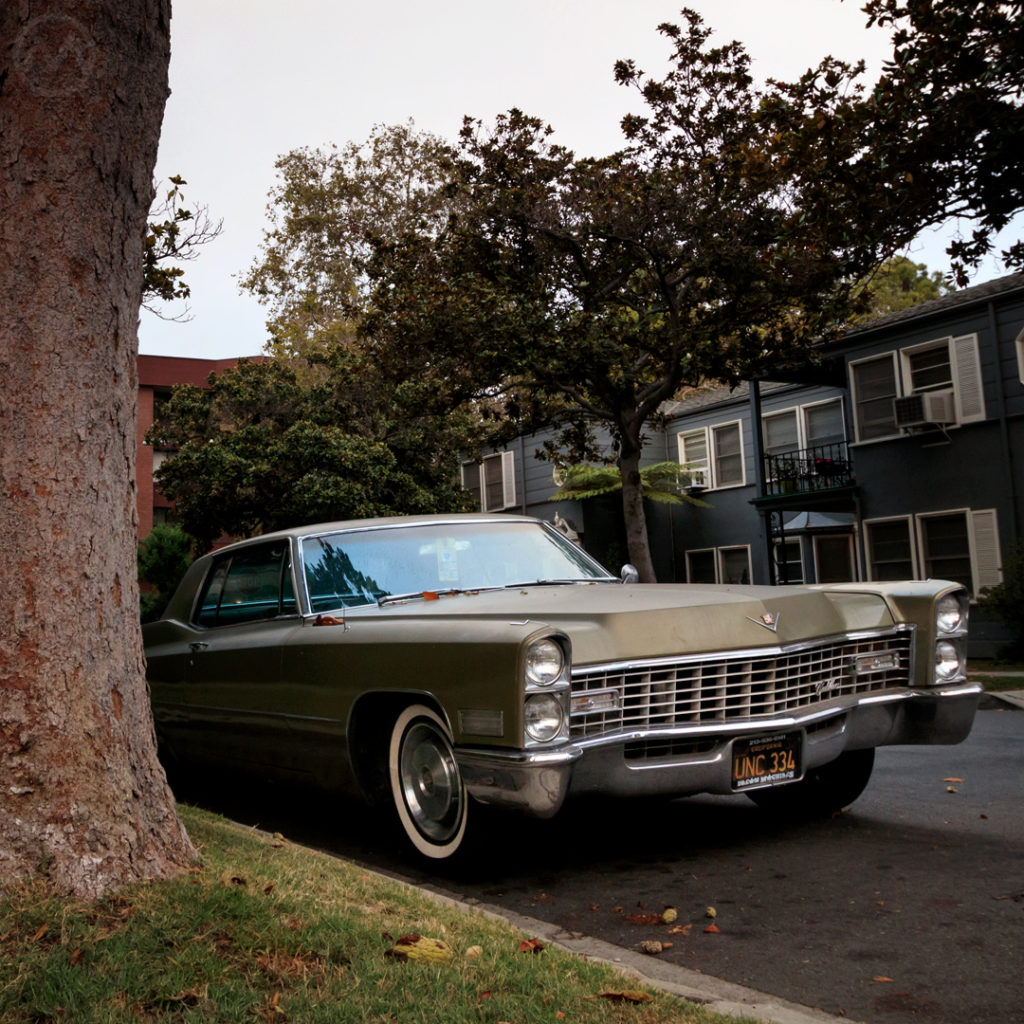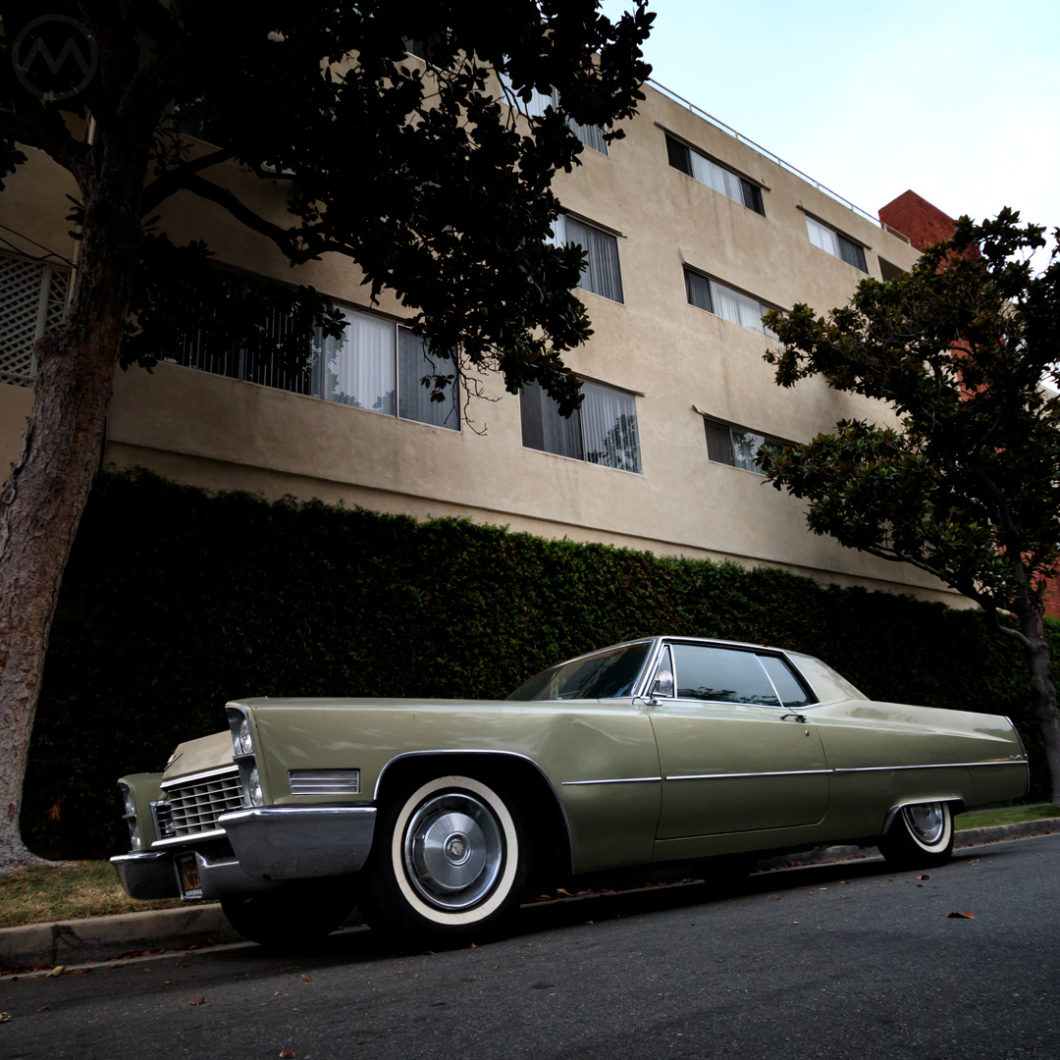1967 might have been a year of lots of social change, but not at the Cadillac store – where the big yachts were big and the vibe old-school. Cadillac customers didn’t go to “Be-ins.”
The outside world was tumultuous but the inside of a Cadillac was a very cosseting bubble to be in.
Under the traditional image though, changes were afoot – 1967’s biggest news was the front-drive Eldorado – radical for a Cadillac. In the design studio there was a new recruit that January – Joan M. Klatil (now Joan Klatil Creamer), GM’s first female exterior designer. Klatil was hired directly from the Cleveland Institute of Art after interning at GM in 1966, but her designs wouldn’t be seen until the 1969-70 Cadillacs.
By then, though, the ’67 Cadillacs were already on sale. The new cars bore a fresh reskin of the basic 1965 Cadillac platform (like other GM full-sizes, they’d last until 1970) with it’s then-new perimeter frame and long and low stance.
The Cadillac Florentine
Though new looking all over, the biggest change was the to the Coupe DeVille, which got a brand new close-coupled roofline inspired by the 1964 Cadillac Florentine show car which had wowed crowds at the 1964 New York World’s Fair.

The new roof also had a strong family resemblance to the Eldorado, no doubt an intentional move by Cadillac’s production style chief, Stan Parker and his deputy, Wayne Kady.
Nobody’s quite sure what happened to the Florentine. Depending on the rumor either went ended up in New Jersey in the hands of a former Cadillac plant manager or got crushed at the end of 1964. But the visual of a long, low coupe with a close-cropped roofline clearly found favor with Bill Mitchell, under whose guidance the ’67s were being developed in 1964/65.
The Formal Look
Visually, the roof looks much smaller than the glassy expanses of 1965-66 (and really all the previous Cadillac 2-door hardtops), but actually isn’t. The thick C-pillar makes for quite an optical illusion. It looks like a small cabin with a hood and deck that go on forever, but inreality there was just as much rear seat space, it was just more private.
The big “formal look” C-pillar would become trademark feature of Cadillac coupes into the 1980s.
The roof gave the illusion of extreme length, but by any standard the cars were still very big – 224 inches on a 129” wheelbase – but that was actually marginally smaller than the 1966 version.
Very traditional, these cars still used real wood inside (until 1969) and had the key on the huge, horizontal dashboard. Everything was just like it had always been. Under the hood was the 340-hp Cadillac 429, just as it had been since 1964.

